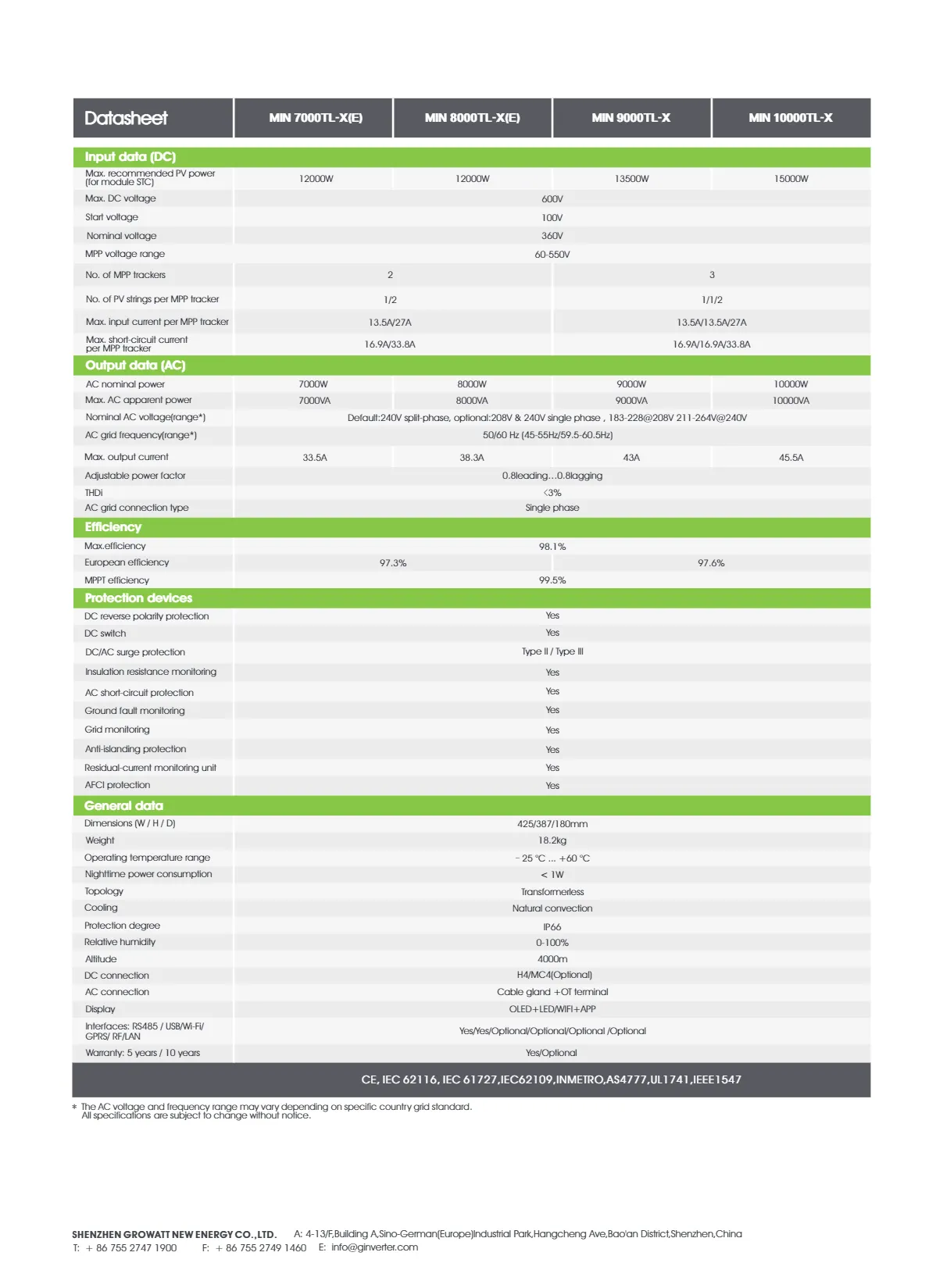sizing your solar system
Sizing Your Solar System A Comprehensive Guide
As the world shifts towards renewable energy solutions, solar power has emerged as a leading option for homeowners and businesses alike. However, one of the most crucial aspects of investing in a solar system is ensuring that it is appropriately sized for your energy needs. An accurately sized solar system not only optimizes your energy production but also maximizes savings and reduces waste. In this article, we will explore the key factors involved in sizing your solar system effectively.
1. Understanding Your Energy Needs
The first step in sizing your solar system is to understand how much energy you consume on a monthly and yearly basis. Start by reviewing your electricity bills for the past year. Most utilities provide a breakdown of your energy usage in kilowatt-hours (kWh). Calculate your average monthly consumption by summing the monthly kWh and dividing by twelve.
For example, if your total annual consumption is 12,000 kWh, your average monthly use would be 1,000 kWh. Identifying your peak usage times can also provide valuable insights; this is particularly relevant for systems that will be connected to the grid and may benefit from battery storage solutions.
2. Solar Panel Efficiency
The efficiency of your solar panels plays a significant role in determining the size of your solar system. Typically, solar panels range in efficiency from 15% to over 20%, meaning they convert that percentage of sunlight into usable electricity. Higher efficiency panels can produce more energy in a limited space, which is essential for residential installations where roof space may be a concern.
To calculate the total wattage required from your solar panels, consider using the following formula
\[ \text{Total watts needed} = \frac{\text{Average monthly energy consumption (kWh)} \times 1000}{\text{Hours of sunlight per day} \times 30} \]
Assuming you receive an average of 5 hours of sunlight per day, for our example of 1,000 kWh monthly usage, the calculation would look like this
\[ \text{Total watts needed} = \frac{1000 \times 1000}{5 \times 30} = 6666.67 \text{ watts} \]
Rounded up, you would need about 6.7 kW of solar capacity.
sizing your solar system

3. Assessing Your Roof Space
Once you’ve determined your energy needs and the required kW output, it is essential to assess your roof space. The available area is crucial because it dictates how many panels you can install. Standard solar panels are about 65 inches by 39 inches (approximately 17.5 square feet).
If we assume that you are using 300-watt panels, you can calculate how many panels are required for your system. In our example of a 6.7 kW system
\[ \text{Number of panels} = \frac{6700 \text{ watts}}{300 \text{ watts/panel}} \approx 22.33 \]
You would need about 23 panels to meet your energy requirements.
4. Considering System Losses
In reality, not all the energy produced by your solar system will be usable. System losses due to shading, inverter efficiency, and temperature can lead to a decrease in overall energy output. It is generally advisable to add an additional 20% to your calculations to account for these losses. Therefore, if your calculated requirement is 6.7 kW, you would likely want to size your system closer to 8.04 kW to offset these losses.
5. Local Regulations and Incentives
Before finalizing your solar system size, check with local regulations and incentives. Some areas offer tax credits, rebates, or special programs for solar installations that influence the economic feasibility of your project. Additionally, understanding local zoning laws and permitting processes can also impact your installation design.
Conclusion
Sizing your solar system is a critical step in ensuring that you achieve optimal energy efficiency and cost savings. By understanding your energy consumption patterns, evaluating your available roof space, considering the efficiency of the solar panels, and accounting for system losses, you can confidently design a solar system that meets your specific needs. Taking the time to plan effectively will not only enhance your energy independence but also contribute to a more sustainable future.
-
Unlocking Energy Freedom with the Off Grid Solar InverterNewsJun.06,2025
-
Unlock More Solar Power with a High-Efficiency Bifacial Solar PanelNewsJun.06,2025
-
Power Your Future with High-Efficiency Monocrystalline Solar PanelsNewsJun.06,2025
-
Next-Gen Solar Power Starts with Micro Solar InvertersNewsJun.06,2025
-
Harnessing Peak Efficiency with the On Grid Solar InverterNewsJun.06,2025
-
Discover Unmatched Efficiency with the Latest String Solar InverterNewsJun.06,2025







